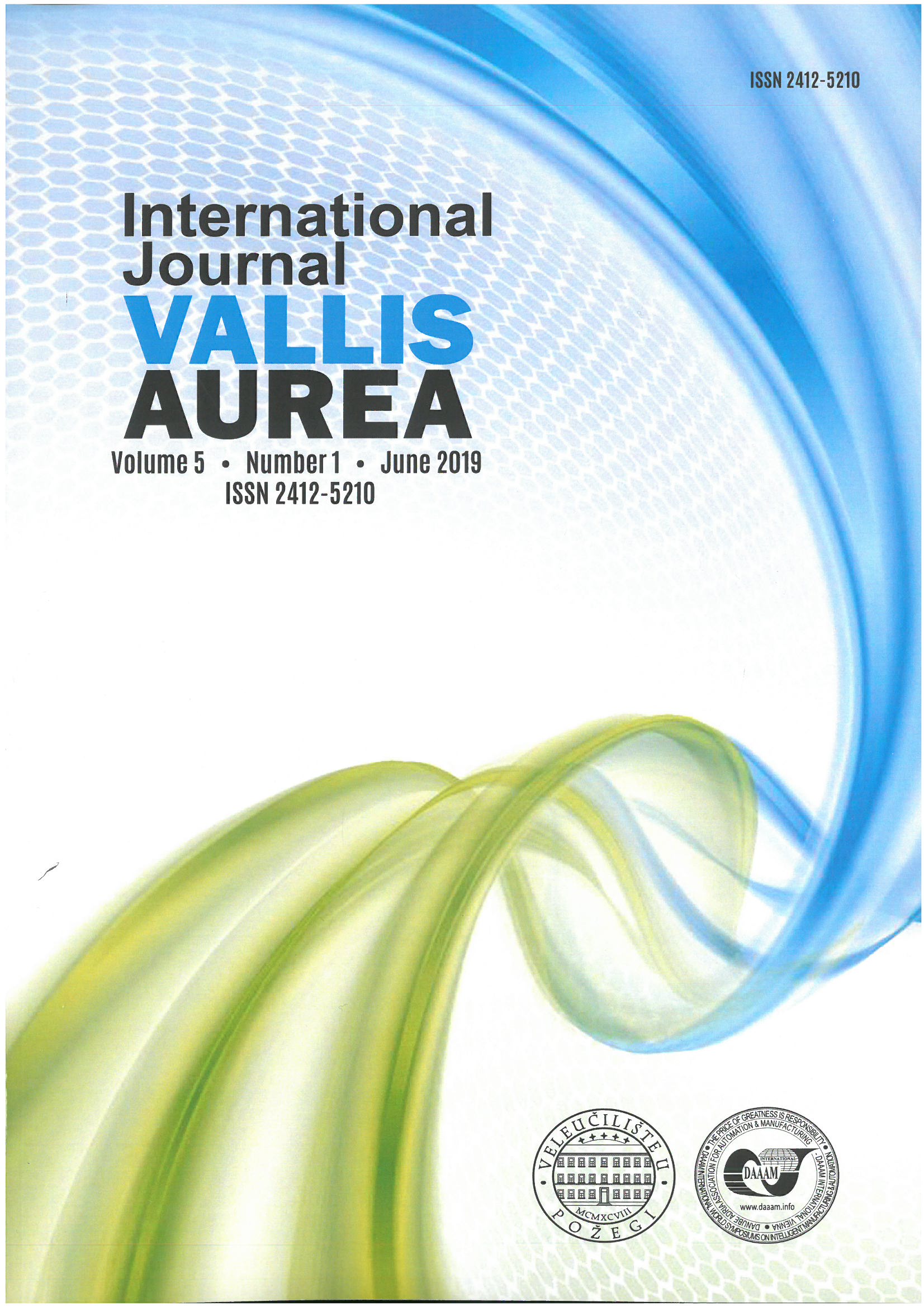Using garch algorithm to analyze data in R language
DOI:
https://doi.org/10.2507/IJVA.5.1.5.59Keywords:
ARCH, volatility clustering, GARCH, AkaikeAbstract
One of the challenging aspects of conditional heteroskedasticity series is that if we were to plot the correlogram of a series with volatility we might still see what appears to be a realisation of stationary discrete white noise. That is, the volatility itself is hard to detect purely from the correlogram. This is despite the fact that the series is most definitely non-stationary as its variance is not constant in time. So ARCH and GARCH models have become important tools in the analysis of time series data, particularly in financial applications. These models are especially useful when the goal of the study is to analyze and forecast volatility. This paper gives the motivation behind the simplest GARCH model and illustrates its usefulness in examining portfolio risk. So an ARCH (autoregressive conditionally heteroskedasticity) model is a model for the variance of a time series.
ARCH models are used to describe a changing, possibly volatile variance. Although an ARCH model could possibly be used to describe a gradually increasing variance over time, most often it is used in situations in which there may be short periods of increased variation. (Gradually increasing variance connected to a gradually increasing mean level might be better handled by transforming the variable). In this article we will see what is ARCH and GARCH, how it’s helpful for analyzing economic and financial data and how to use it in R-Studio.
Downloads
Published
How to Cite
Issue
Section
License

This work is licensed under a Creative Commons Attribution-NonCommercial-NoDerivatives 4.0 International License.
Authors of papers for publishing in the journal agree under a Creative Commons Attribution-NonCommercial-NoDerivatives 4.0 International License.https://creativecommons.org/licenses/by-nc-nd/4.0/







